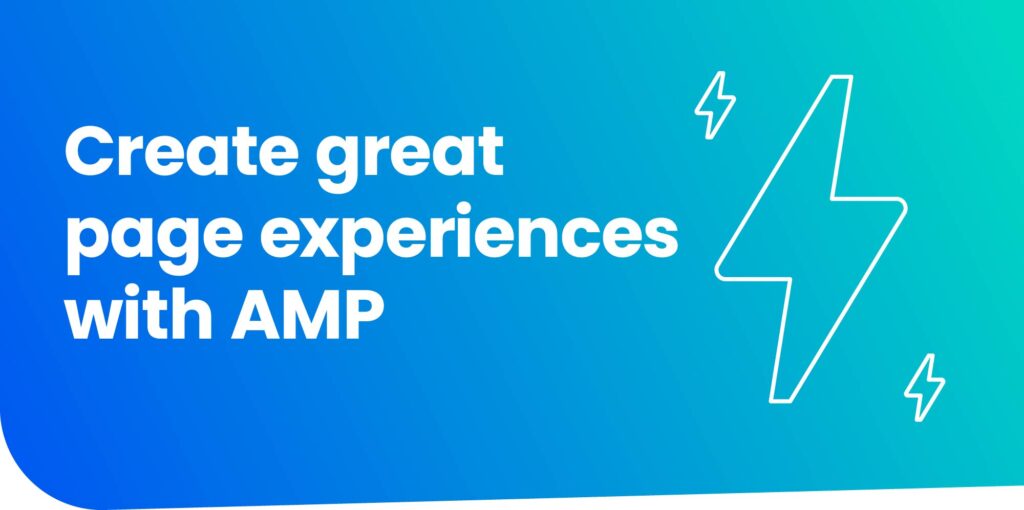
Earlier today, Google Search announced that page experience signals in ranking will roll out in May 2021. These signals put the focus on key user experience elements that all site developers should work to optimize.
AMP was created to enable development of user-first sites and is a cost-effective and simple solution for publishers to create great page experiences. A recent analysis shows that 60% of AMP domains pass the Core Web Vitals metrics, compared to 12% of non-AMP domains passing the same criteria (“passing” means 75% of pages on the domain passed). In this post we highlight the tools and resources that can optimize your AMP pages further.
AMP improvements to meet Core Web Vitals
The AMP Project contributors continue to work to ensure that AMP pages have the strongest user experience. AMP’s always up-to-date release schedule means developers get these benefits for free, without AMP publishers having to further invest money or engineering time. Here are some updates on two ongoing efforts:
- We are looking to ship modern JS to browsers to continue to reduce the AMP payload. We have already reduced the size of the AMP binary by 32% in 2020. These updates provide improvements on Largest Contentful Paint (LCP) and First Input Delay (FID) metrics.
- We intend to further reduce LCP by rolling out automatic upgrades to how images are served on AMP pages. These include adding support for AVIF, preloading hero images and allowing native <img> elements on AMP pages.
A new tool to improve AMP pages
The AMP Project continues to work on user experience improvements that come for free. However, there are a few development practices that are essential to providing a great user experience that can’t be implemented in the AMP runtime.
The AMP Page Experience Guide provides AMP developers with actionable advice to improve the page experience of AMP pages. We strongly believe that following this guide’s recommendations will help AMP pages meet the page experience criteria. We will also support AMP developers in the rare cases where there is no actionable path to getting an AMP page to pass these criteria.
Google’s commitment to the AMP Project
Google will continue to invest in AMP, and strongly believes in the AMP Project’s goal to guarantee web pages that provide a great user experience. Google Search will continue to direct users to the AMP versions of web pages when available. This enables users to benefit from the speed improvements that come from privacy-preserving pre-rendering and AMP caches. It also means that the page experience signal for a given search result is evaluated based on the performance of the AMP page when available.
Conclusion
The AMP Project is laser-focused on our vision to create a strong, user-first open web. We will continue to support AMP developers as the page experience ranking signals evolve annually and by ensuring that AMP is the easiest way to achieve great page experience.
To learn more about how you can start using AMP to create great page experiences, review our getting started resources here. If you are already using AMP you can use the AMP Page Experience Guide to see how your AMP page is performing on the page experience metrics.
Please let us know if you have questions or feedback for these recent announcements. In the meantime, we hope you are all staying safe.
Posted by Naina Raisinghani, Product Manager, AMP Project